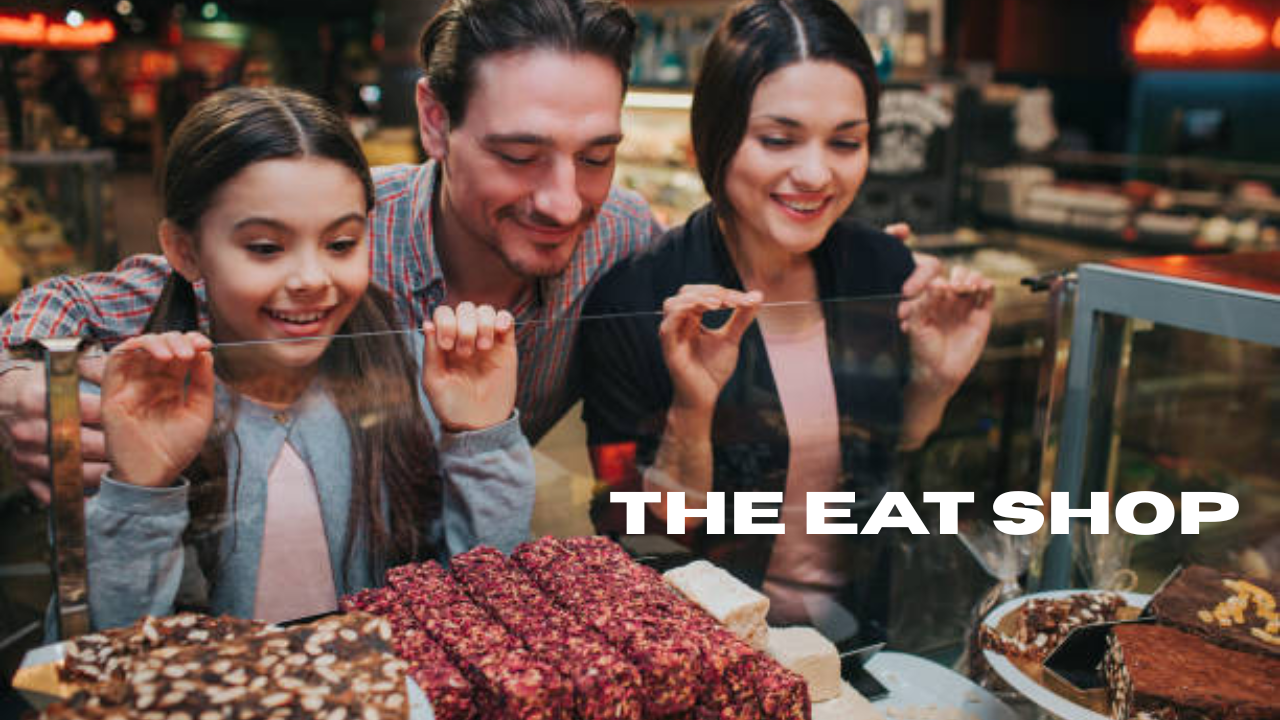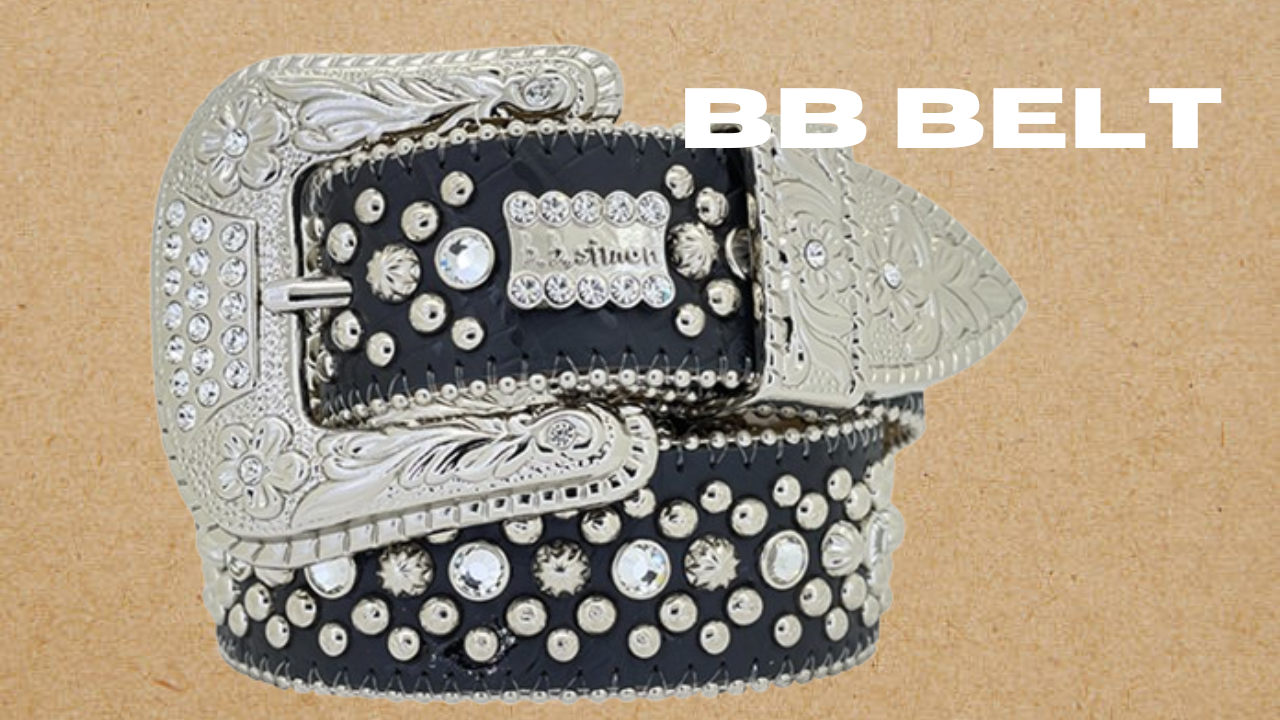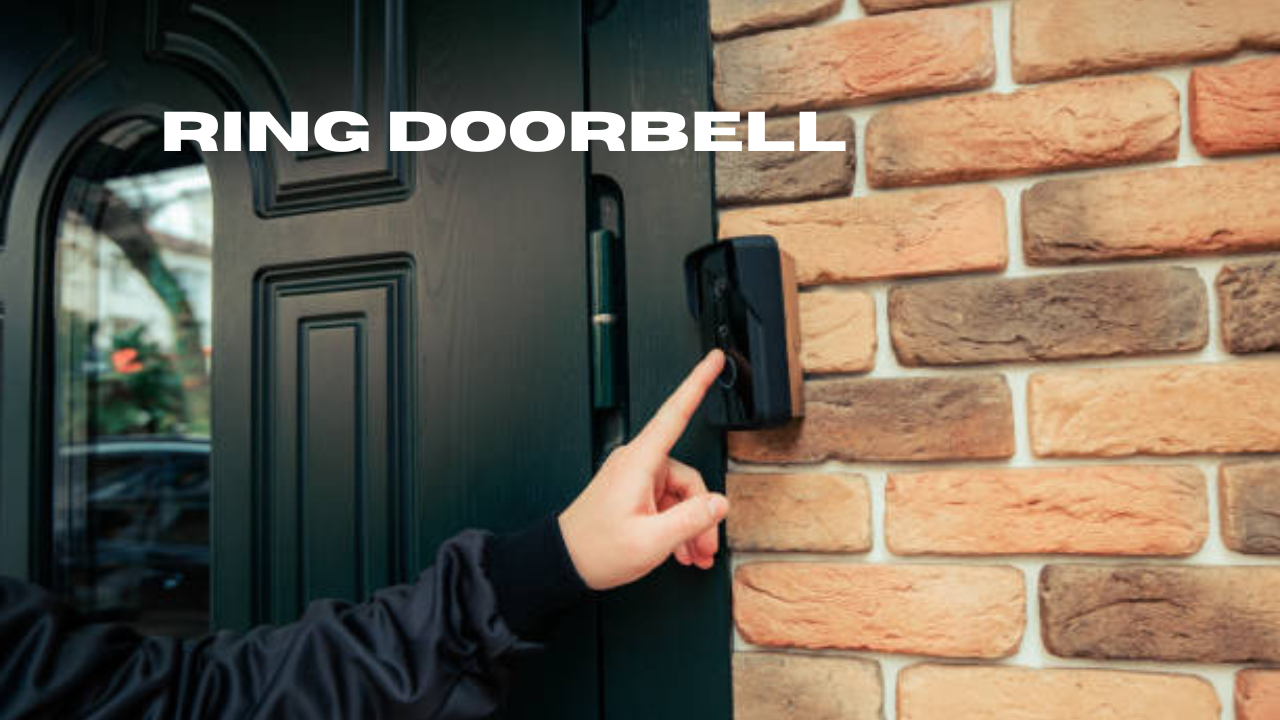The way we eat and shop is evolving. With the rise of hybrid business models, the concept of “the eating shop” is making waves in the food and retail industries. But what exactly is it, and why is it gaining popularity? Let’s dive deep into this intriguing trend and see if it truly is the future of modern dining and shopping experiences.
What is ‘The Eat Shop’?
Simply put, ‘the eat shop’ is the convergence of restaurants and retail spaces. It’s a place where consumers can dine while browsing products or pick up a meal while shopping for essentials. Think of a boutique store offering organic meals, a coffee shop selling artisanal home goods, or a gas station with gourmet food options. This blending of experiences is changing the way people interact with brands, creating a seamless and engaging customer journey.
Why Are Hybrid Models Thriving?
Modern consumers want more than just a meal or a product—they seek experiences. Businesses that integrate food and retail create an atmosphere where customers feel connected to the brand. Here’s why this model is succeeding:
- Convenience: Customers save time by combining dining and shopping in one trip.
- Increased Revenue: Offering both food and products diversifies income streams.
- Stronger Customer Engagement: The immersive experience encourages brand loyalty.
Retailers and restaurants are embracing this model to cater to changing consumer preferences, making it a win-win for both businesses and shoppers.
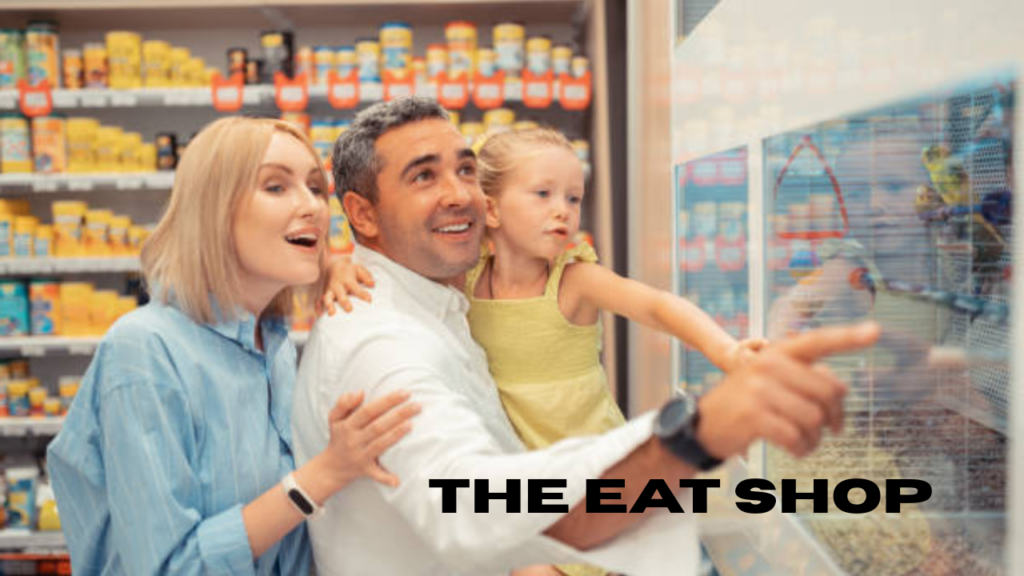
The Rise of Food-to-Go Culture
Another driving factor behind the popularity of ‘the eat shop’ is the booming food-to-go trend. With busy lifestyles, people are looking for quick yet high-quality meal options. These establishments cater to on-the-go consumers by offering freshly prepared, nutritious meals alongside retail items. Think pre-packaged gourmet salads at a high-end clothing boutique or a bookstore with an in-house bakery.
Is ‘The Eat Shop’ Eco-Friendly?
Sustainability is becoming a crucial factor in consumer decision-making. Many ‘eat shops’ incorporate eco-friendly practices such as:
- Sustainable Packaging: Reducing plastic waste with biodegradable or reusable containers.
- Locally Sourced Ingredients: Supporting nearby farmers and reducing carbon footprints.
- Minimal Food Waste: Optimizing inventory to prevent excess waste.
These initiatives not only benefit the environment but also attract conscious consumers who prioritize ethical and sustainable businesses.
How Technology Enhances ‘The Eat Shop’ Experience
To ensure efficiency and customer satisfaction, technology plays a key role in these establishments. Some of the most impactful innovations include:
- Modern POS Systems: Streamlining transactions for both food and retail purchases.
- Inventory Management Software: Preventing overstocking and reducing waste.
- Kitchen Display Screens (KDS): Ensuring timely meal preparation for seamless service.
By leveraging technology, businesses can provide a smoother, more efficient experience, keeping customers satisfied and coming back for more.
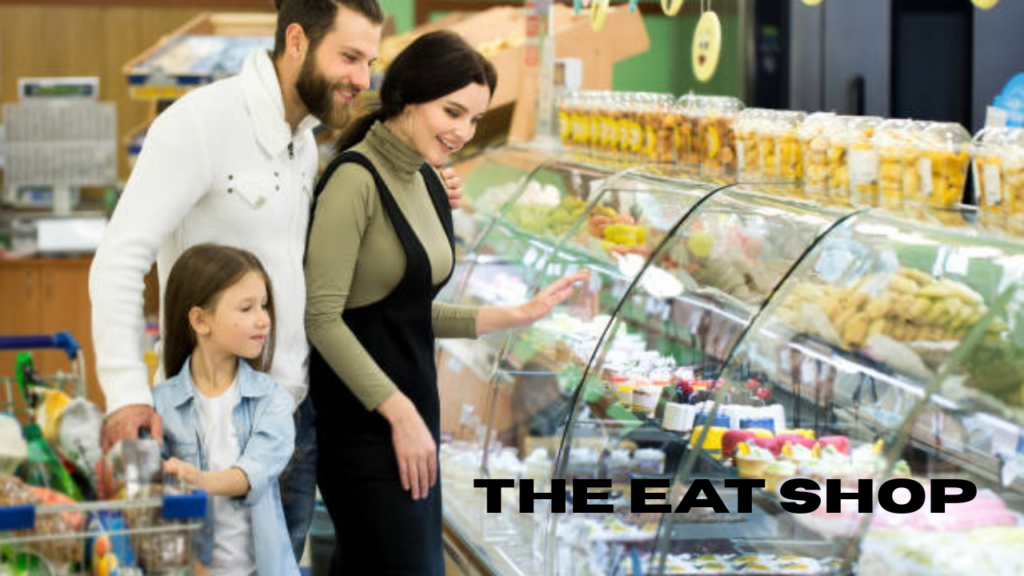
The Verdict: Is ‘The Eat Shop’ Here to Stay?
With its convenience, innovation, and sustainability, ‘the eating shop’ is more than just a passing trend—it’s a glimpse into the future of dining and retail. As businesses continue to adapt to consumer demands, we can expect to see more of these hybrid models emerging worldwide.
So, the next time you walk into a stylish boutique and see a café inside, or a bookstore serving artisanal coffee, remember—you’re experiencing the evolution of modern retail and dining firsthand. The question is, are you ready to embrace it?

